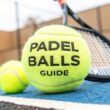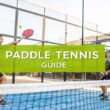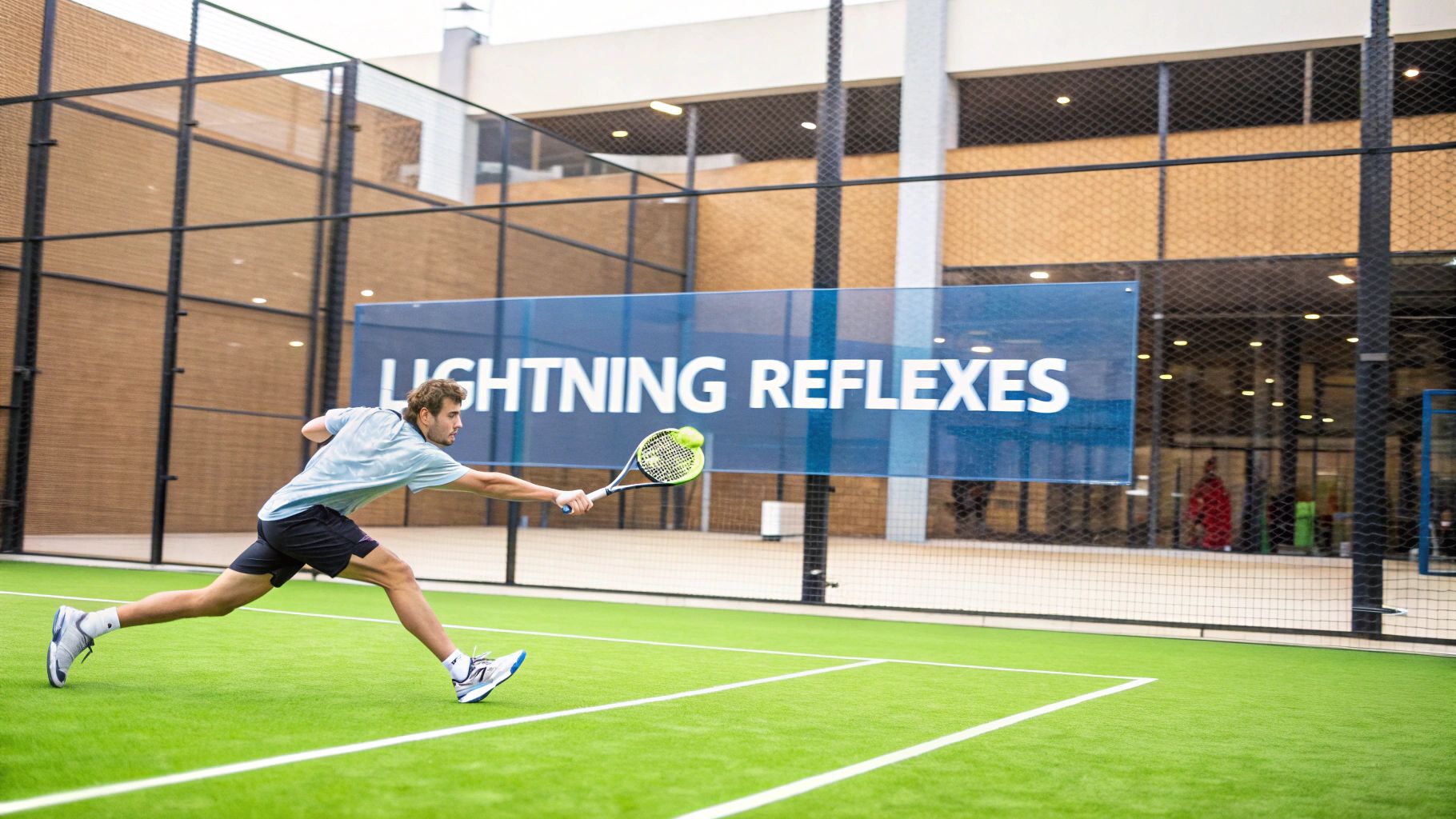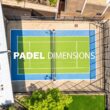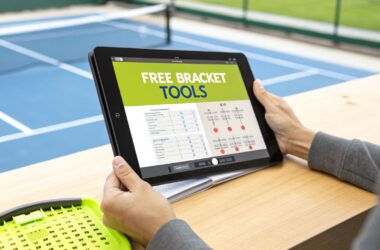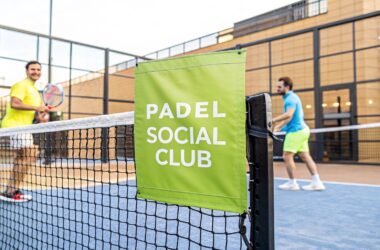If you want better reflexes, you need to stop thinking about just moving your body faster. The real secret lies in training your brain to see, process, and react more efficiently.
It's all about creating new neural pathways through targeted drills. This is how you turn slow, conscious movements into the kind of lightning-fast, instinctual reactions that win points. Mastering this mind-body connection is what separates the good from the great on the padel court.
Why Faster Reflexes Win Padel Matches
In padel, the sliver of time between a winning smash and a shanked return is often just milliseconds. We tend to think of reflexes as simple, automatic things, like pulling your hand back from a hot stove. But the reactions you need on the court are way more complex—and luckily, they're trainable.
Think of it as a high-speed conversation between your eyes, your brain, and your muscles.
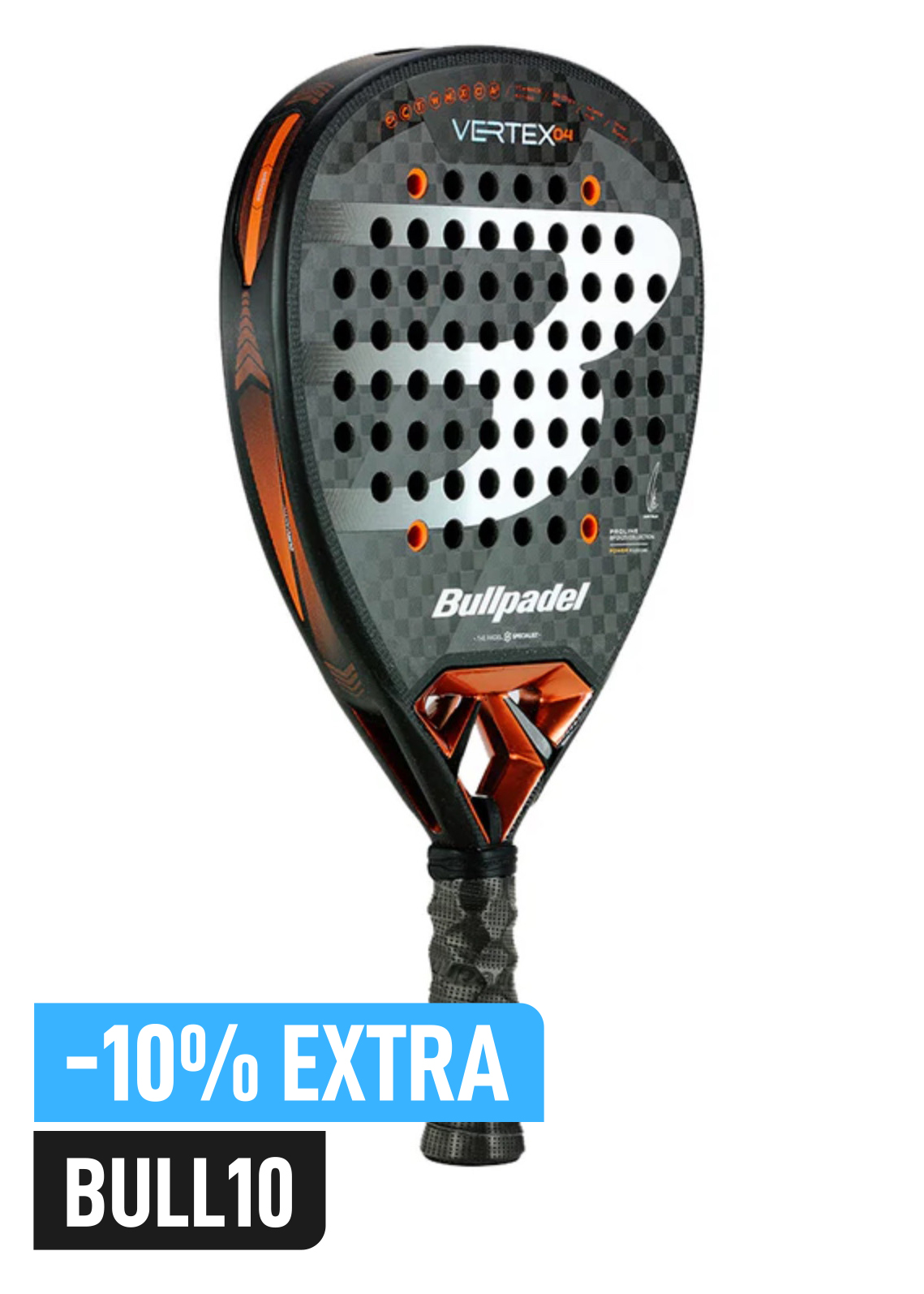
Buy the best padel gear to level up your next game!
CHECK OUT this deal from Padel Market!Get ready to take your game to the next level with the latest padel gear from Padel Market! Fast EU and Worldwide Shipping
When your opponent is winding up for a bandeja, your brain isn't just passively waiting for the ball to fly. It’s actively hunting for clues. It's processing their body language, the angle of their racket, and that subtle spin on the ball to predict where it's going before it even leaves their strings.
This entire sequence—seeing, processing, and telling your body to move—all happens in a fraction of a second.
The Power of Neural Plasticity
This is where a concept called neural plasticity becomes your best friend in training. Your brain isn't a fixed circuit; it's constantly rewiring itself based on what you do and practice.
Every single time you run through a reaction drill, you are literally strengthening the neural pathways responsible for that specific movement.
What starts out as a clunky, conscious thought—"Okay, ball is coming to my backhand, I need to pivot, get my racket back, and swing"—slowly transforms into an automatic, subconscious action. Your body just knows what to do without you having to tell it. This journey from thought to pure instinct is the core of developing elite-level reflexes.
The human nervous system is incredibly responsive to targeted training. When you consistently practice specific reactive movements, you are effectively teaching your brain to be more efficient, reducing the time it takes to send an "action" signal to your muscles.
Before we jump into the specific drills that will rewire your brain for speed, let's look at the core principles that guide this kind of training. Think of this table as your mental framework.
Your Core Reflex Training Principles
This table gives a quick overview of the key principles we'll cover, giving you a mental framework before we dive into specific drills.
| Principle | Focus Area | Example Activity |
|---|---|---|
| Visual Processing | Training your eyes to pick up on cues faster. | Ball-drop drills with varied release points. |
| Decision Making | Reducing the time it takes to choose a response. | Drills with unpredictable ball feeds (e.g., to forehand or backhand). |
| Motor Response | Making the physical movement more efficient and automatic. | Repetitive volleys at the net with a coach. |
| Anticipation | Learning to read the opponent and game situation. | Watching opponent's hips and shoulders for directional tells. |
Understanding these pillars helps you see that you’re not just mindlessly hitting balls; you're actively sharpening every part of your reaction chain.
Training Smarter, Not Just Harder
The great news is that understanding this process lets you train smarter. You don't need to spend endless hours on the court to see huge gains.
Focused practice brings powerful results. Research has shown time and again that the nervous system adapts remarkably well to consistent reflex conditioning. One study even found that participants made significant improvements in their reflex responses with a surprisingly manageable training schedule. It’s solid proof that targeted drills physically change how you react.
You can dig into the study's findings on reflex conditioning here to see just how the body adapts. The bottom line is clear: with the right approach, you can truly sharpen your reaction time and become a force at the net.
Priming Your Body and Brain for Reaction Training
A powerful reflex training session doesn’t start with a few lazy quad stretches. If you really want to get better reflexes, you need to think of your warm-up as an activation sequence, specifically designed to switch on the high-speed connection between your brain and your body. Forget jogging a lap; your warm-up should be a dress rehearsal for the quick decisions you'll make on the court.
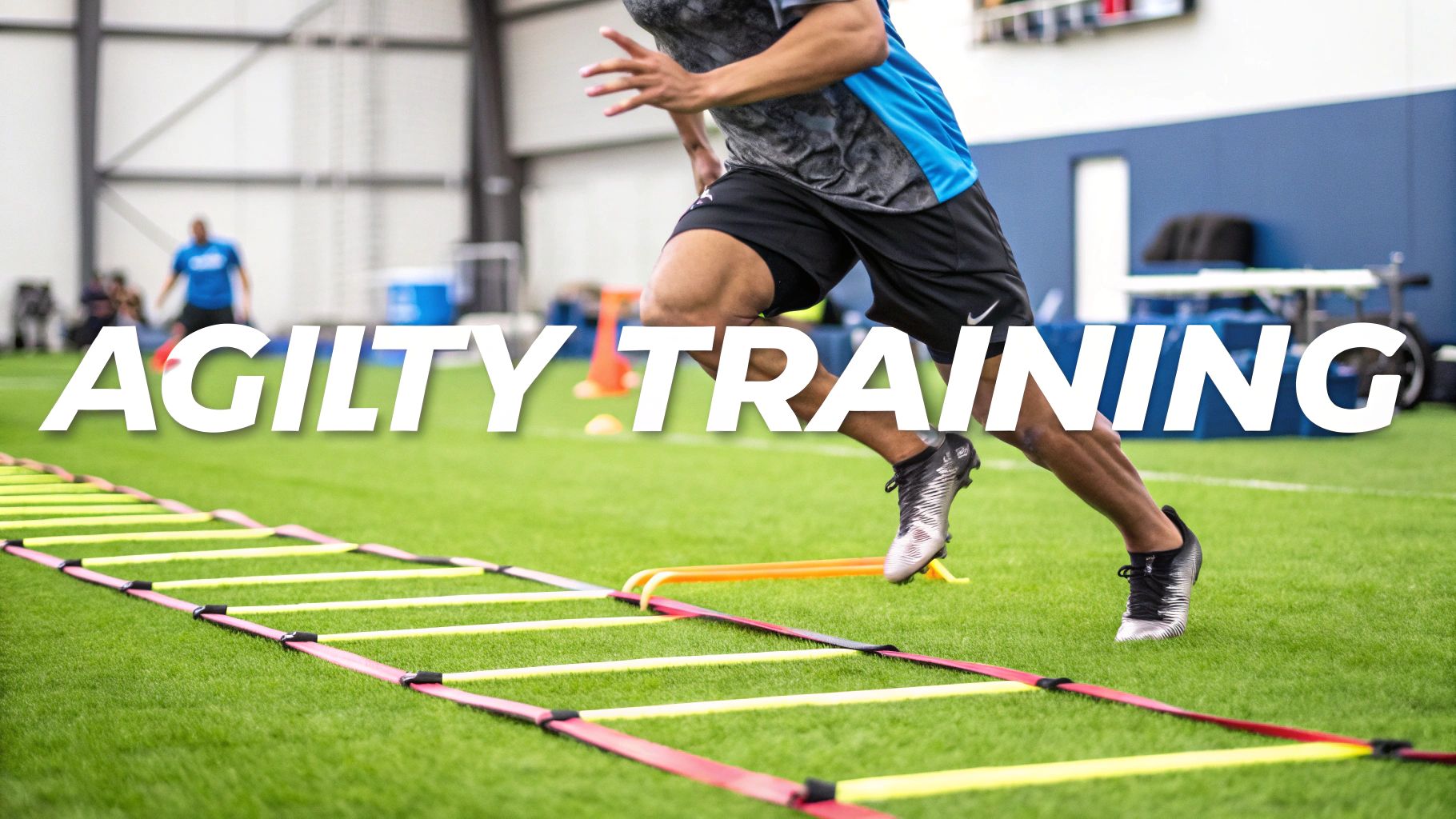
This process kicks off with dynamic movements that prime your muscles for explosive action. Think high knees, butt kicks, and walking lunges with a torso twist. These aren't just about getting the blood flowing; they're about waking up your nervous system and getting your body ready to fire on all cylinders.
The Agility Ladder Wake-Up Call
Once your muscles feel warm, it's time to break out the agility ladder. This simple piece of gear is fantastic for forcing your feet and brain to sync up instantly. It’s not about blazing through it as fast as possible, but rather about precision and quick, clean footwork.

Buy the best padel gear to level up your next game!
CHECK OUT this deal from Padel Market!Get ready to take your game to the next level with the latest padel gear from Padel Market! Fast EU and Worldwide Shipping
Focus on drills that mimic the chaotic, multi-directional footwork of a real padel rally.
- Ickey Shuffle: This lateral movement pattern is perfect for simulating the rapid side-to-side adjustments you make when covering the net.
- Single-Leg Hops: These build explosive power and stability in each leg, which is crucial for lunging out to retrieve a wide shot.
- In-In-Out-Out: A classic drill that sharpens your rhythm and coordination, training your feet to move exactly where your brain tells them, without delay.
The goal here is to make these patterns so second nature that you stop thinking about them. This frees up mental bandwidth to focus on what really matters—the ball.
A crucial part of priming your brain for action involves enhancing your concentration. Learning how to focus better can directly translate to faster reaction times on the court. Sharpened focus allows you to filter out distractions and process visual cues more effectively.
Partner Drills to Sharpen the Mind
The final layer of a great warm-up involves adding an element of unpredictability with a partner. These drills kickstart your predictive abilities and hand-eye coordination before the main session even begins.
A simple yet brutally effective drill is the Unpredictable Ball Drop. Have your partner stand a few feet in front of you holding two padel balls. Without warning, they will drop one. Your job is to explode forward and catch the ball right after its first bounce. This simple exercise trains your visual recognition and your body’s immediate motor response.
You can learn more about how to refine this connection in our detailed guide on https://padelrumors.pages.dev/news/how-to-improve-hand-eye-coordination/. By combining these elements, your body and mind will be fully primed for a productive session.
Game-Ready Drills for Padel-Specific Reflexes
Knowing the theory is one thing, but actually putting it into practice on the court is how you really build better reflexes. Forget those generic reaction exercises; the secret is to run drills that mimic the chaotic, split-second pressure of a real padel match. These drills aren't just about moving faster—they're designed to train your brain to see, decide, and act all in one smooth motion.
This type of training forges a much stronger connection between your instincts and your actions. Think of it as reprogramming your natural flinch into a decisive, skilled movement when you're under pressure.
The visual below shows how you can even use modern tools to turn these neurological exercises into a regular part of your training routine.
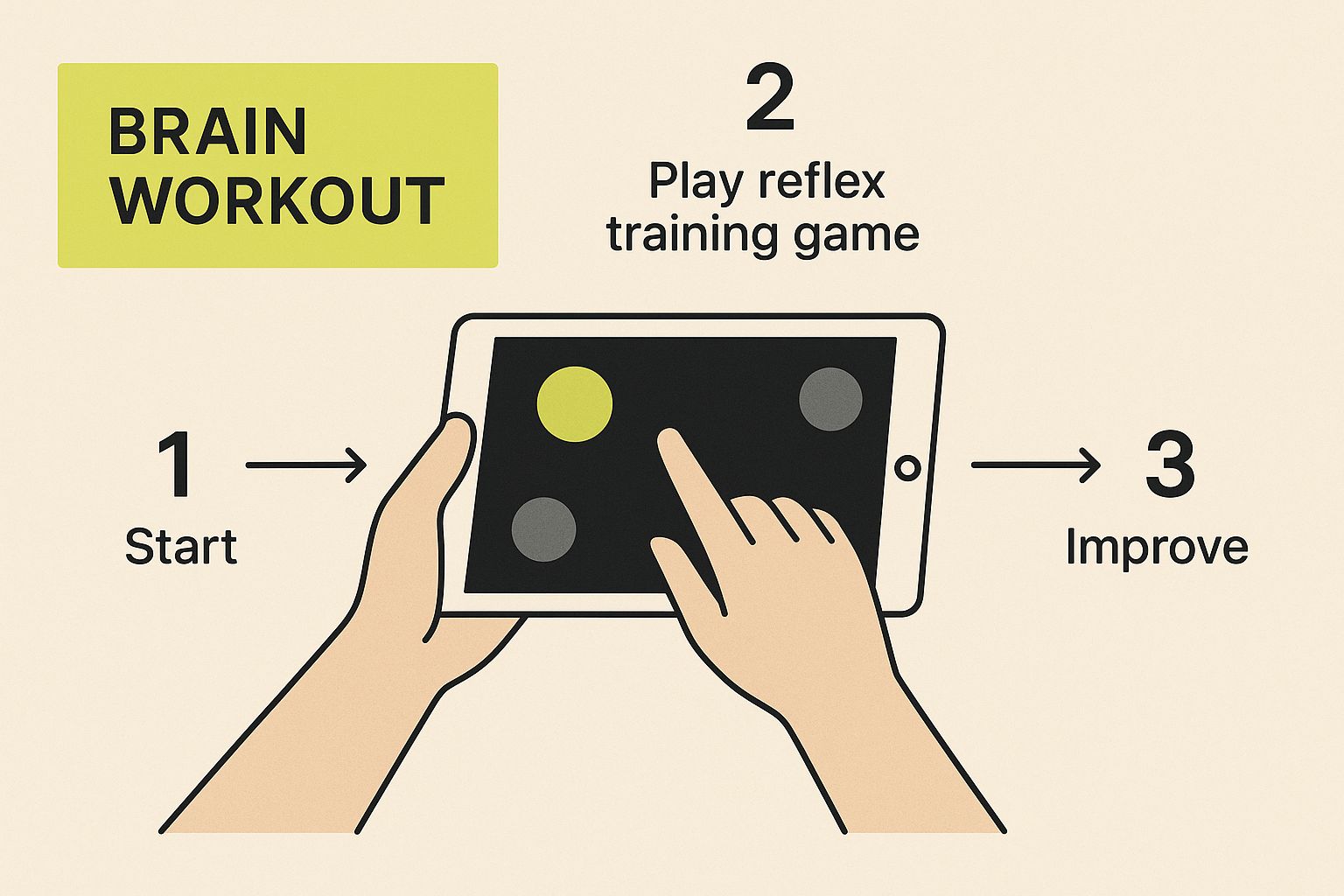
As you can see, reflex training isn't just for the court. Even off-court "brain workouts" on a tablet can sharpen the cognitive speed you absolutely need in padel.
Mastering the Glass Wall Volley
In padel, the back glass can be your best friend or your worst enemy. It creates wild, unpredictable rebounds that demand lightning-fast adjustments. The Glass Wall Volley drill is your ticket to mastering these chaotic moments.
How to set it up:
- Stand a few feet away from the back glass, facing your partner at the net.
- Have your partner feed balls at different speeds and heights directly at the glass behind you.
- Your mission is to read the rebound off the glass and volley the ball back over the net with control.
Start off with slower feeds just to get a feel for the angles. As you get sharper, tell your partner to ramp up the pace and start mixing in some different spins. This will force your hand-eye coordination to adapt on the fly, turning what would normally be a defensive scramble into a real offensive opportunity. If you're looking for more ways to sharpen your game, check out these other drills to improve reaction time.
Pro Tip: Stay low in a ready stance, with your weight on the balls of your feet. This athletic position shaves critical milliseconds off your reaction time, letting you explode toward the ball the second you read the rebound.
The Surprise Feed for Adaptability
You rarely know what’s coming next in a padel rally. That's where the Surprise Feed drill comes in. It trains you to react to the completely unexpected, honing your decision-making when there's zero time to think.
For this one, you’ll be at the net while your partner or coach stands on the other side with a full basket of balls. With no warning or obvious tells, they'll feed balls at you rapidly and randomly—to your forehand, your backhand, and right at your body.
Your only job is to react. Just make solid contact. Don't even think about hitting perfect winners; the entire focus here is on pure response time. This drill builds the neural pathways for those instinctual blocks and volleys that save you against bullet-like drives from your opponents.
Double Ball Chaos to Sharpen Focus
Ready to take things up a notch? The Double Ball Chaos drill is designed to overload your focus, forcing your brain to process multiple threats at once. It's intense, but incredibly effective.
Here, two feeders will stand on the opposite side, both with balls. They'll feed balls at you in quick, almost overlapping succession. For instance, one might hit a low volley while the other lobs you just a second later. Your job is to somehow handle both shots.
This exercise is less about perfect technique and more about cognitive processing. It trains you to stay calm under fire, prioritize threats, and make quick, effective decisions when everything is happening at once—a skill that will win you those chaotic, scrappy points at the net.
Sharpening Your Reflexes Beyond the Court
You don't need to be on a padel court to forge elite-level reflexes. In fact, some of the biggest gains in reaction speed happen off the court, where you can train the fundamental building blocks of movement and cognitive processing.
These off-court exercises are easy to slip into any gym session or at-home workout. Think of it as sharpening your tools before a big match. By isolating specific components of reaction time—like visual processing, footwork, and balance—you build a much more efficient athlete, ready to handle the chaos of a high-speed rally.
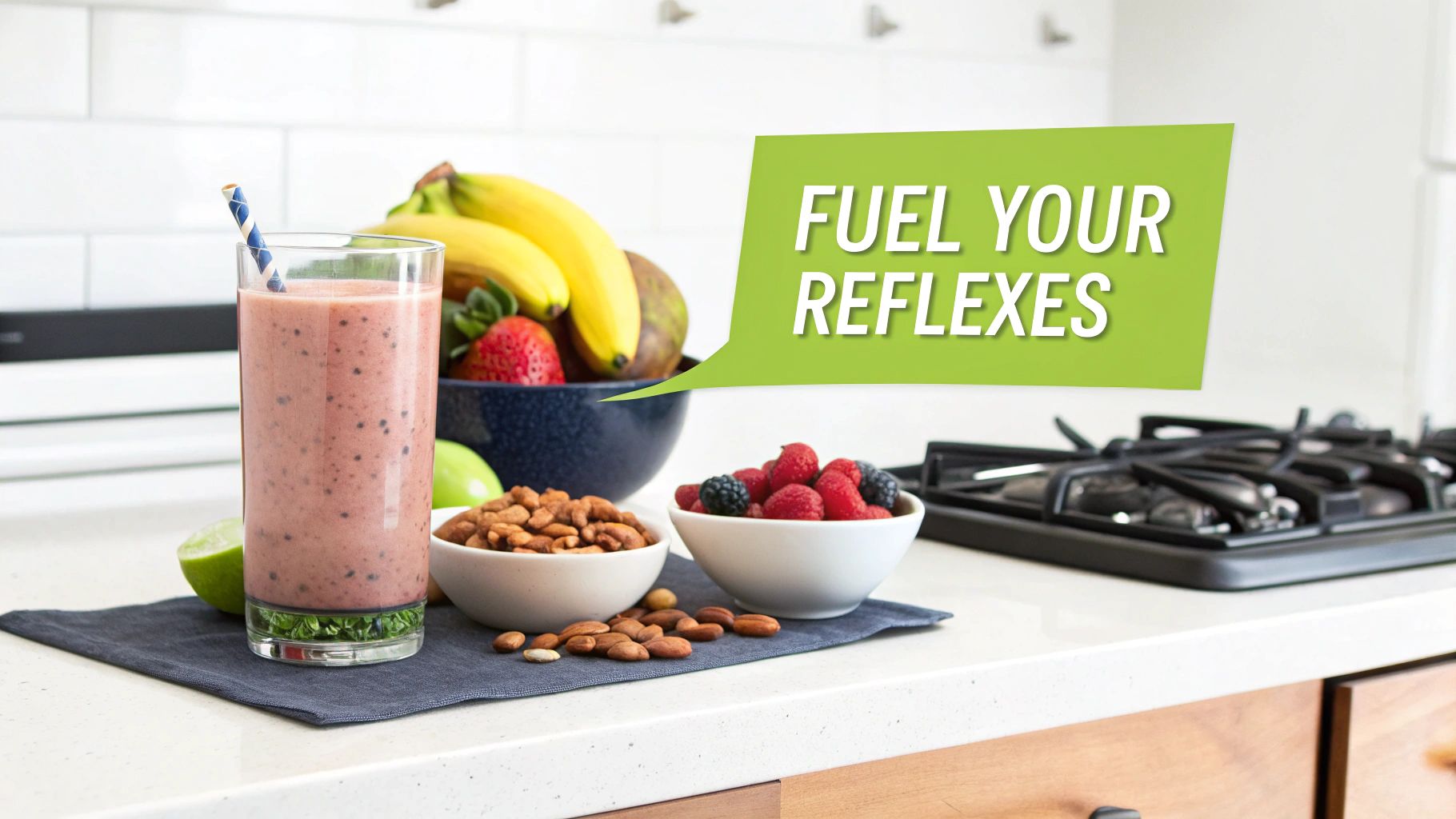
Embrace Unpredictability with a Reaction Ball
A reaction ball is a small, six-sided rubber ball that bounces in completely random directions. It’s a fantastic tool for training your brain to anticipate chaos and dial in your hand-eye coordination. Tossing it against a wall and reacting to its erratic path is the perfect simulation for reading a tricky slice or a weird rebound off the glass.
Start simple. Stand a few feet from a solid wall and just get a feel for it. As you get faster, you can back up or even try catching it with one hand. This simple drill conditions your nervous system to expect the unexpected—a core skill for any padel player looking for an edge.
Build Explosive Footwork with Agility Ladders
Let’s be honest, fast hands are pretty useless without fast feet to get you to the ball. Agility ladder workouts are a cornerstone for developing the quick, precise footwork needed for explosive lunges and rapid changes of direction. They directly train the fast-twitch muscle fibers responsible for those powerful, split-second movements.
This isn't just theory; the science backs it up. Research shows that exercise programs centered on agility can lead to significantly faster step reaction times and improved postural reflexes. Drills like these do more than just make you quick—they fundamentally refine your functional movement patterns. You can read the full research on how agility enhances reflexes to get into the nitty-gritty.
Here are a few essential drills to work into your routine:
- Linear Run: Focus on high knees and quick, light steps moving straight ahead.
- Lateral Scissor: This builds that crucial side-to-side quickness for covering the width of the court.
- Ickey Shuffle: A classic drill that improves coordination and rhythm during lateral moves.
The goal isn't just to get through the ladder; it's to move with clean, efficient footwork, keeping your head up and your body balanced. This perfectly mimics the court, where you need to move without ever looking down at your feet.
Enhance Control with Balance and Proprioception
Proprioception is a fancy word for your body's awareness of its position in space. It’s what allows you to lunge for a wide ball and maintain total control without ever glancing down at your feet. Training this "sixth sense" is vital for making those explosive, off-balance shots that often win points.
A simple but powerful exercise is the single-leg stand on an unstable surface, like a foam pad or balance disc. Just holding this position forces all the small stabilizing muscles in your ankles and core to fire constantly. Over time, this improves your stability and control, especially during those off-balance shots.
Aim for 3 sets of 30 seconds on each leg to build a rock-solid foundation.
On-Court vs Off-Court Reflex Training Breakdown
Building lightning-fast reflexes requires a smart mix of on-court practice and off-court conditioning. Each environment hones different aspects of your reaction speed. Here’s a breakdown to help you see how they fit together and create a balanced training plan.
| Training Type | Primary Goal | Example Drill | Best For |
|---|---|---|---|
| On-Court | Padel-specific decision-making & pattern recognition | Volley-to-volley rally with unpredictable shots | Reading opponent cues and reacting to real-game ball trajectories |
| Off-Court | Building raw physical speed & neural efficiency | Agility ladder drills or reaction ball tosses | Improving foot speed, coordination, and general reaction time |
Both are critical. Off-court work builds the athletic engine, while on-court drills teach you how to drive it in a real match. Neglecting one for the other will leave a major hole in your game.
Building a Sustainable Reflex Training Routine
Doing a few intense, random reflex drills might make you feel like you're making progress, but it won't build lasting speed. The real secret to forging those lightning-fast reactions on the court? Consistency. It's all about building a sustainable routine that turns conscious effort into pure, unconscious instinct.
A smart plan should slide right into your existing week, supercharging your game without leading to burnout. We aren't talking about adding hours of grueling work. Think of it as weaving short, focused reflex drills into your current padel schedule—a small addition with a powerful impact.
Tailoring Your Training Frequency
How you structure your routine really comes down to your commitment level and what you want to achieve on the court. There's no magic formula, but here are a couple of practical templates you can run with.
-
The Weekend Warrior Plan (2 sessions/week): If you're a casual player, just aim for two dedicated 15-minute reflex sessions a week. An easy way to do this is to tack them onto the beginning of your regular practice days. For instance, spend 15 minutes before your match working with an agility ladder and a reaction ball. It's a fantastic way to prime your nervous system and get more out of your warm-up.
-
The Tournament Player Plan (4-5 sessions/week): For competitive players, reflex work should be a small but vital part of nearly every training session. You could dedicate 10 minutes to specific drills like the Glass Wall Volley or the Surprise Feed drill during each on-court practice. On top of that, you can add a couple of off-court sessions focused purely on sharpening your cognitive speed and footwork.
Remember, the goal is consistent, targeted practice. A focused 10-minute drill done four times a week will crush the results from one exhausting, hour-long session on a Sunday.
The Critical Role of Rest and Recovery
It's so easy to get obsessed with drills and court time, but your reflexes are just as dependent on what you do off the court. Pushing yourself too hard without proper rest is a one-way ticket to sluggish, sloppy play. Physical and mental fatigue are the ultimate reflex killers.
Your nervous system—the very engine of your reaction time—needs a chance to recover and adapt. That means making sleep a priority and scheduling real rest days where you let your body and mind fully recharge. Good recovery gives those neural pathways you're building a chance to actually solidify. If you want to dive deeper, our guide has some excellent muscle recovery tips for padel players.
For any training plan to stick, you have to know how to prevent sports injuries so you can keep working on your reflexes without getting benched. Listening to your body isn’t a sign of weakness; it’s the smartest move you can make for long-term improvement.
Got Questions About Faster Reflexes? We've Got Answers
Once you start down the path of sharpening your reflexes, a few questions always seem to come up. It's only natural. Let's tackle some of the most common ones I hear from players, clear up some confusion, and make sure you're heading in the right direction.
"So, How Long Does This Actually Take?"
This is the big one, isn't it? Everyone wants to know when they'll feel the difference. While there’s no magic switch, you can start feeling small, encouraging changes in just a couple of weeks with consistent, focused work. It might be catching a reaction ball a split-second sooner or just feeling a little less clumsy during an agility ladder drill.
But for those new, faster reflexes to truly become second nature—to show up in the heat of a match without you even thinking about it—you need to give it more time. Realistically, you're looking at about 6 to 8 weeks of dedicated training for those changes to truly stick. Your brain is literally building and strengthening new connections, and that process can't be rushed. Remember, consistency is king. A few sharp, focused sessions every week will always beat one marathon drill day.
"Am I Too Old to Improve My Reflexes?"
Absolutely not. It's a common worry, but the science is on your side. While it’s true that our raw reaction speed can dip a bit as we age, the brain's ability to adapt and rewire itself—a concept called neural plasticity—doesn't have an expiration date. An older player might not build the lightning-fast twitch of a teenager, but the room for improvement is massive.
Plus, older players have a secret weapon: experience. You've seen thousands more shots and have a much deeper understanding of the game's patterns. You can read an opponent's body language in a way a younger player simply can't. When you combine that court wisdom with targeted reflex drills, you can become incredibly sharp.
The goal isn't to react like you're 18 again. It's to become the fastest, most effective version of the player you are right now, blending smart training with all that hard-earned experience.
"Does What I Eat and Drink Really Matter for This?"
Yes, and honestly, a lot more than most players realize. Your nervous system is the wiring that powers your reflexes, and it runs on the fuel you give it. Dehydration is a huge performance killer. Even a tiny drop in your hydration levels can mess with your cognitive function and slow down the signals between your brain and your muscles.
Think about it this way: your brain is roughly 75% water. When you're running low, everything just gets sluggish.
Good nutrition is just as vital. Foods packed with antioxidants (like berries and leafy greens) and omega-3 fatty acids (think fish and walnuts) are fantastic for brain health and keeping you mentally sharp. Don't brush these basics aside. A well-fueled and hydrated body is primed for faster reactions on the court. It’s one of the easiest things you have complete control over.
At Padel Rumors, we believe that a smarter player is a better player. For more in-depth guides, gear reviews, and strategies to elevate your game, visit us at https://padelrumors.pages.dev.


